How to reach Udvada?
- Located in the Valsad district of the State of Gujarat, India
- 24 Kms from Valsad town
- 15 Kms from Daman
- 170 Kms from Mumbai
Fact sheets about Parsis and Zoroastrianism
- Zoorastrian is the world’s oldest religion and their God is called Ahura Mazda
- The Parsis follow this religion and is desendents from Iran
- Their New year is called Navroz
- Non Parsis are not allowed enter the Fire Temple
- The Parsis do not marry outside their community and the Parsis population has been dwindling not only in India but across the globe
- The Parsi population in India is just 61,000 about 0.043% of the total Indian population and approximately 1,50,000 in the whole world
- It is believed that they came to the shores of India in the 8th Century AD to avoid persecution in their own land( Iran) by Muslim conquerer.
- They first arrived in Diu and settled South of Gujarat for almost a century.
- In modern India, the Parsi community is mostly spread over Mumbai, Pune, Bangalore, Kolkata and Chennai, but Udvada was a revelation
History of Udvada
- In 16th Century there was a treaty between the Portuguese and the ruler of Dharampur state to bring the town under the rule of Portuguese
- In 1714 the Marathas under the leadership of the Peshwas deafeted the Portuguese and the King and gained control of the town
- The Parsis moved into this town in 1742
- The origin of Udvada is assumed to be desendent of the word “Untha Wad” Or “Unt Vada” where Unt/ Untha is the local name of Camel. It is believed that the king had a summer Palace with a large field for his camel to graze and thus the name
- However the Sanskrit meaning of the word Udna Vaas literally means staying in sea water where tidal waves must have accumulated in this part of the town.
Places to Stay in Udvada:
“Hotel Majestic” once boasted of huge tourist footfalls in Udvada. Now, it is in ruins. The dwindling Parsi population explains why a beach-facing room and flamboyant Parsi architecture now lies dilapidated and abandoned. The strong wooden columns have withstood the test of time, remaining intact. Back in the 1950s and the 1960s, the hotel was a hub of Parsi merry-making but began to struggle as Parsis began to relocate in the next few decades, leading to its closure in the 1990s.
This is the state of affairs of most hotels in Udvada and thus tourists prefer to stay in one of the many hotels present in Daman and drive down to Udvada. However if luxury is not on your mind and you just prefer a homely place where you can hear the sound of the waves, do check out the Globe Hotel or the Bawa Inn
Udvada will come across with is its cloak of loneliness and its silent lanes have invisible tales of Parsi history. Along the meandering lanes are many vacant bungalows interspersed with some occupied ones. The architecture is unique, with ornamental entablatures, cantilevered balconies, carved columns with additional floors resting atop supporting beams. And they all tell the same story, of a community waiting for its young to reclaim a rich past.
Not many would have heard about this small town on the Western coast of India and I was no exception. In fact, I accidentally learnt about it while researching places of historical importance in and around Daman. An article caught my attention describing the Zorastrain museum in Udvada which got me intrigued to dig further. A few minutes of reading made my mind up to pay a visit to this special town.
The first settlement of Parsi refugees was granted asylum by king Jadi Rana the Hindu ruler of Gujarat. There is a legend that when the Parsis requested asylum the King was in two minds. Culturally the community was different to the natives and thus he sent a glass full of milk signifying that the kingdom is full. The Parsis mixed sugar in it and sent it back, suggesting they will assimilate within the community and bring in sweetness to the kingdom.
History has been a testimony of this sweetness. They adopted the local Gujarati language and dress code, to begin with. The ginormous contribution to the economic and welfare and industrial revolution of this country is second. Ardeshir Godrej, Dorabjee Tata, Homi Jehangir Bhaba, Jamsetji Tata, Ratan Tata, Dadabhai Naroji, JRD and this list is endless. Now recalibrate your mind and think that this community is less than 1% of the Indian Population!
Yet, we know so little about them and our history hardly acknowledge the contributions to independent India. The Parsis are a closed knit community and they follow their practices in isolation. In this blog, I am attempting to share some of the facts from the pages of history along with the believes and values of the Parsi community.
I am glad I visited Udvadu and returned much more knowledgeable and grateful as a citizen of India. The locals call it the “Kashi for the Parsis”. The sacred fire of the Parsis Iranshah Atash Behram is located in the Fire temple in Udvada. The non-Parsis are unfortunately not allowed inside the Temple. There is a total of 8 Fire temples in India while this temple in Udvadu is the First.
Lane of the Fire Temple( Iranshah Atash Behram)
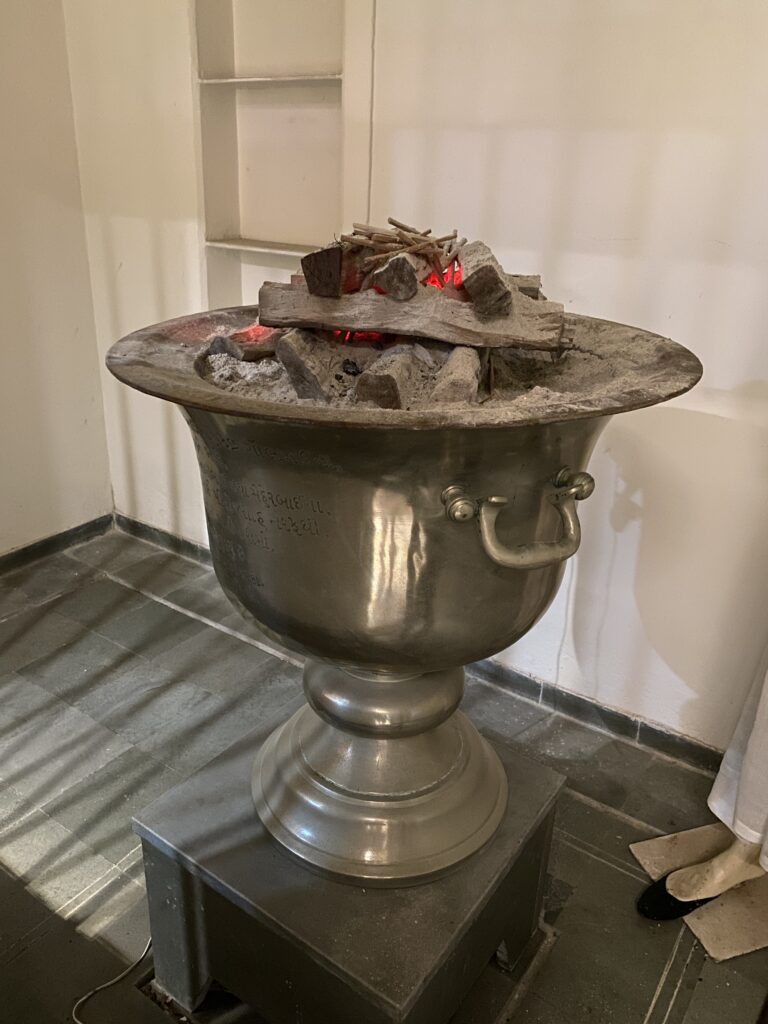
The Atash Bahram, meanings “Victorious Fire”, is the oldest fire temple in India, was built in 1742 by Motlibai Wadia from Bombay. The temple structure, built spaciously, is well decorated and contains the Dasturji Kaiyoji Mirza hall and a museum. The main hall of the temple is accessed through a two-stage staircase. The temple attracts Zoroastrian pilgrims from all parts of India, Pakistan, and from around the world.
The privileged Dastur Street, home to the priestly class and eventually leading to the Atash Behram, the most sacred of the nine Parsi fire temples in the world, begins at the “Dastur Cottage”. Its owner is Dhunjishaw Dastur is in his seventies while his ancestral home should be at least 200 years old. Neatly polished, four-poster beds, old recliners, double-mirrored cupboards of teakwood, relics and photo frames adorning the walls are all marks of reverence for his ancestors.
Given the fact that I could not have entered the Temple, I drove past the beautiful lane of the Fire temple where the houses seems to be stuck in pages of history. They were whitewashed and provided a sense of piousness. Fire and Water are the two most pious elements as per the Zoroastrian religion. In the fire temple, the fire continues to burn and is never extinguished. I continued towards the sea till I reach the Zoorastrain museum.
This Temple in Udvada has two high priests unlike the remaining 7 fire temples in India where there is only one high Priest. It is the oldest fire temple in the world where the fire is burning for a millennium
The Iranshah Atash Behram was developed from a humble structure to its current date monumental beauty is well camouflaged and sheltered by the immediate core around it. It is believed, this was purposely designed in this manner to wade off any aggression in the 18th century
Zorastrian Heritage Museum:
The Zoroastrian Heritage Museum is sponsored by the Government of Gujarat where Entry is Free. This museum depicts the teachings and beliefs of Ahura Mazda. There are large posters with a detailed write-up about the history of the Parsi’s and Ahura Mazda. There are explanations about Navroze and detailed biographies of Prominent Parsi personalities who have contributed to the growth of India.
The lanes beside the beach consisted of huge unkempt bungalows which looked melancholy yet had such a strange attraction. I drove around the town absorbing the romanticism of this beautiful town. Mumbaikars can easily do a day trip and probably this blog will motivate a few of my friends to try it out!
Snacking at Irani Bakery:
There is no trip that can be complete without tasting the local delicacies. Unfortunately, I could not spot any Parsi restaurant thus there my greatest saviour was the Irani bakery. Wish I visited here as soon as I landed in Udvada but now I can do nothing except repent. I reached the bakery as the midday sun was in the middle of the sky and given the high demand there was not much left over for me to excite my taste bud.
Looking at my pitiable condition the owner got me some freshly baked Mawa cupcakes which were supposed to be on sale in the evening. I pounced on them and grooved as the cake melted inside my mouth. I would sincerely recommend packing your food at the Irani bakery and heading for a time out at the beach.
Picnic at Udvadu beach
Sea Erosion has become a large scale problem in Udvadu and with Global warming, it is only going to get worse. Thus, the beautiful beach is gone forever and large boulders have taken their place to save the sea-facing bungalows. But, the Sea never disappoints and it keeps coming to the shore, relentlessly time and again.
For someone like me, this is enough to stay rooted and watch it for hours together. However, I do understand not everyone can be so irrational! Therefore I would suggest a lunch break at the beach with your family and having a good conversation going with the waves providing the music in the background. Bon Apetit!
After dark in Udvada brings in an uneasy calm, resulting in break-ins into empty houses are common. Obviously, the treasure hunters do not find any money or treasures but the miscreants, unfortunately, damage antique furniture. I wish they can also be moved to the museum.
Nevertheless, I had an eventful day outing and with a contended heart started driving back to Daman. I was looking forward to the remaining day being spent in leisure with a glass of my favourite beverage. If you do not know why I made this remark, please do read my next blog on my errands in Daman. Stay tuned!


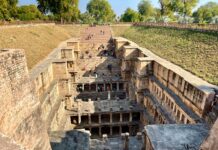


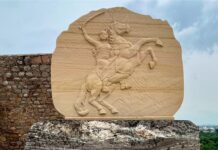
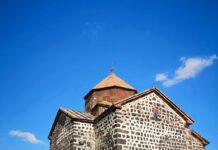

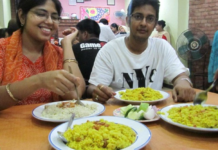
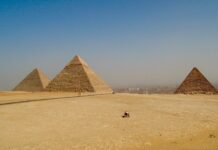

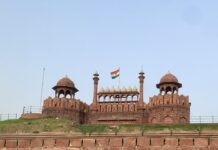
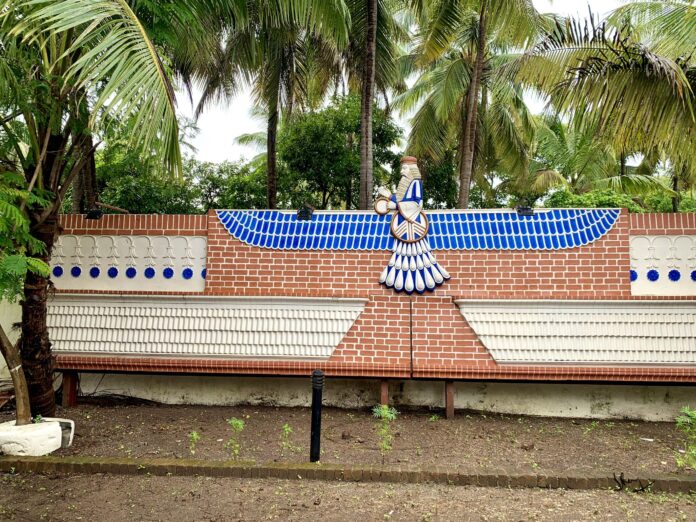
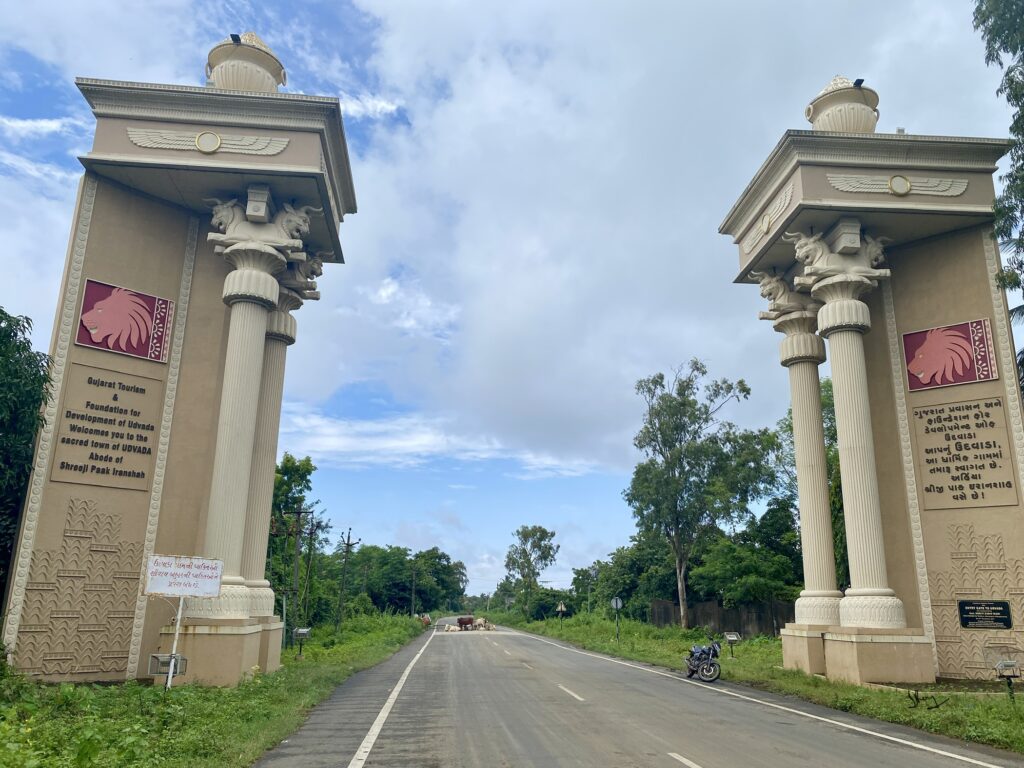
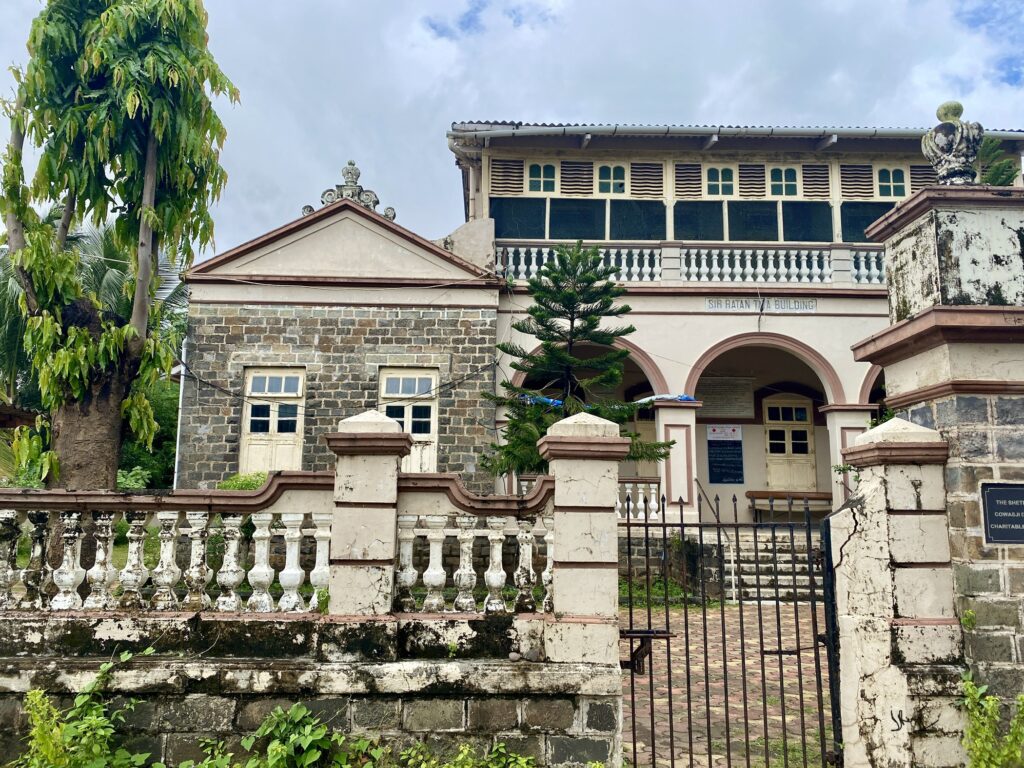

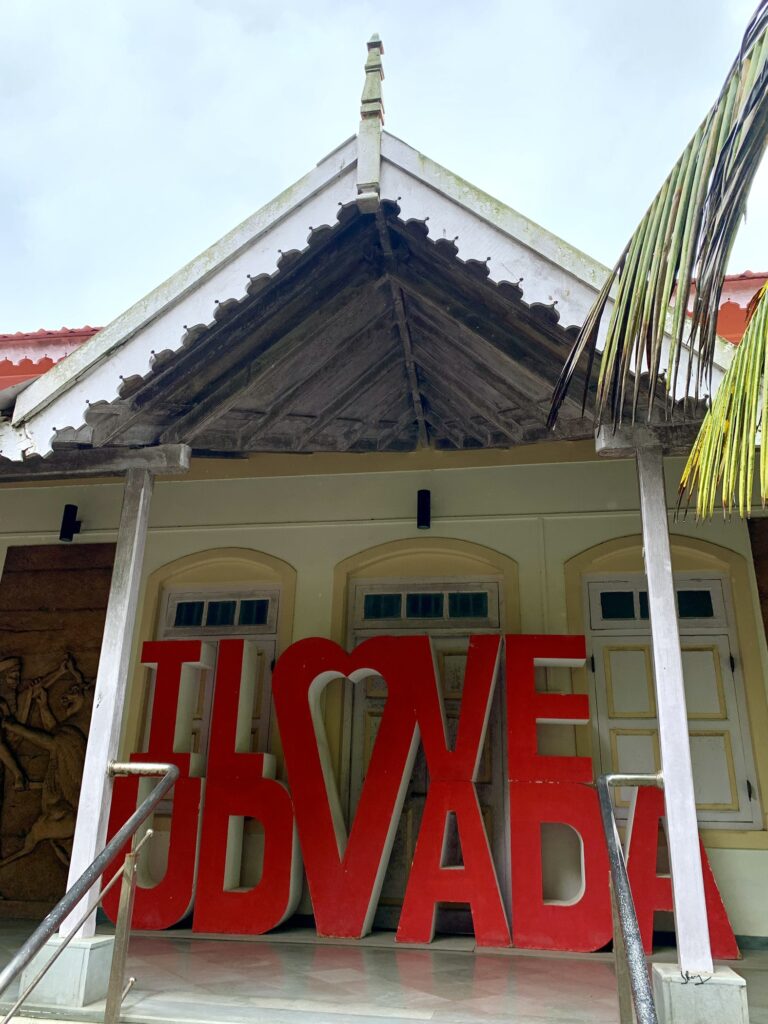
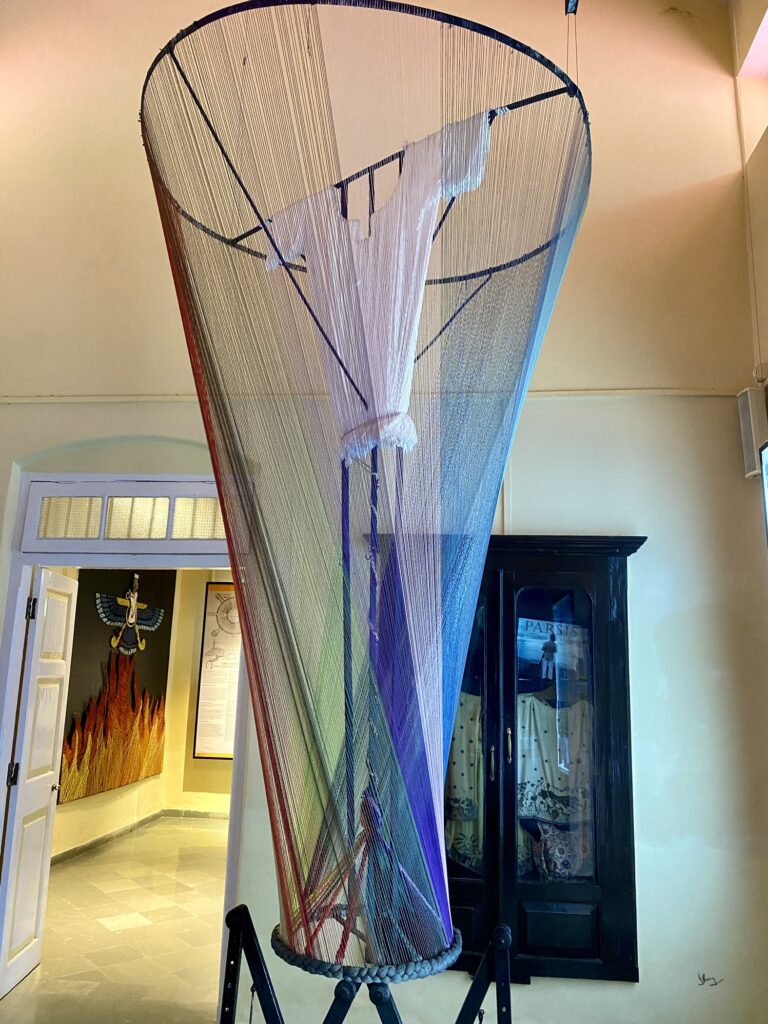
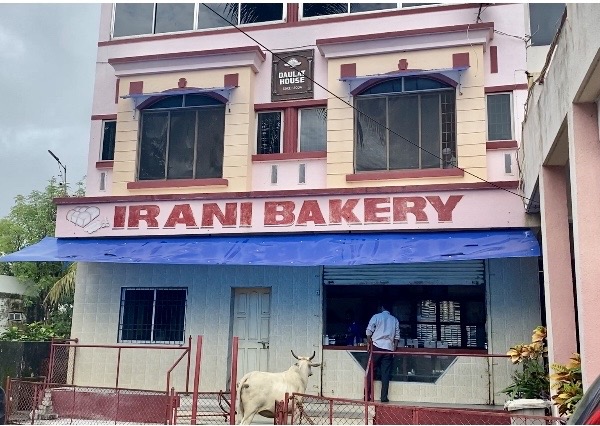
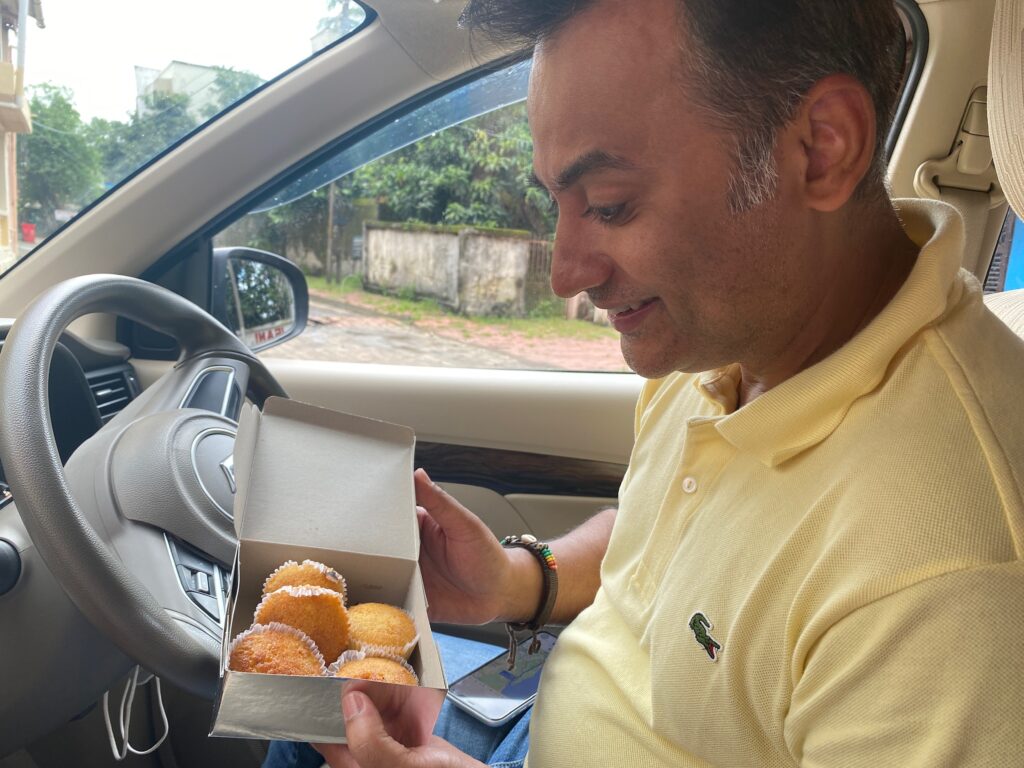
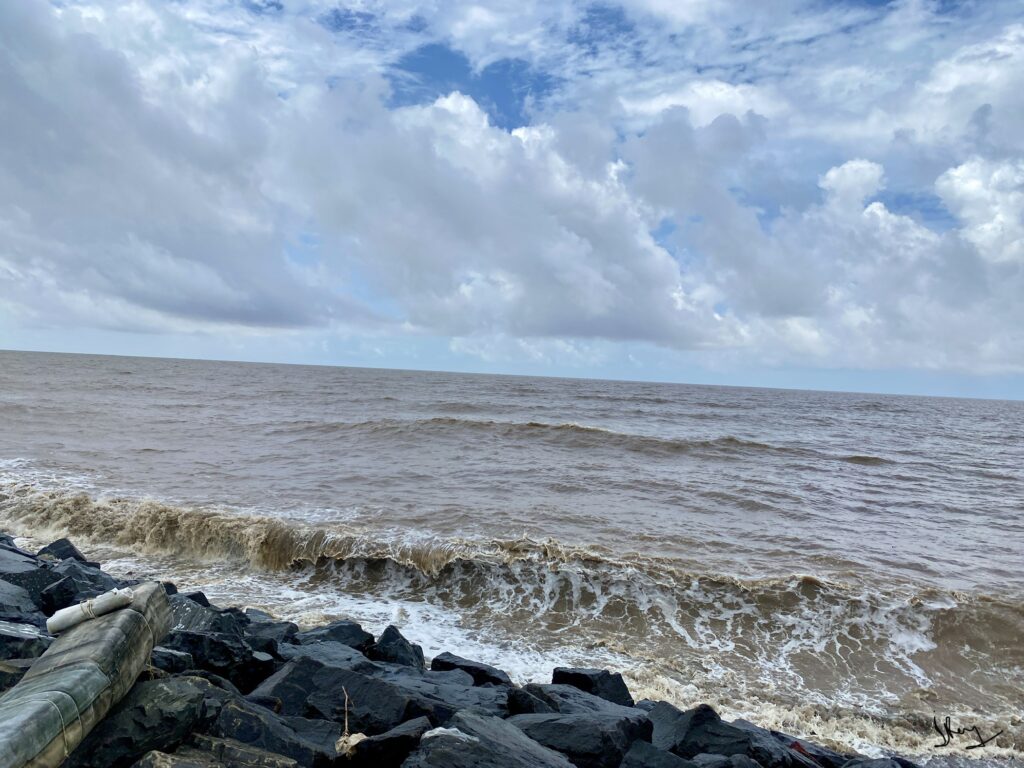
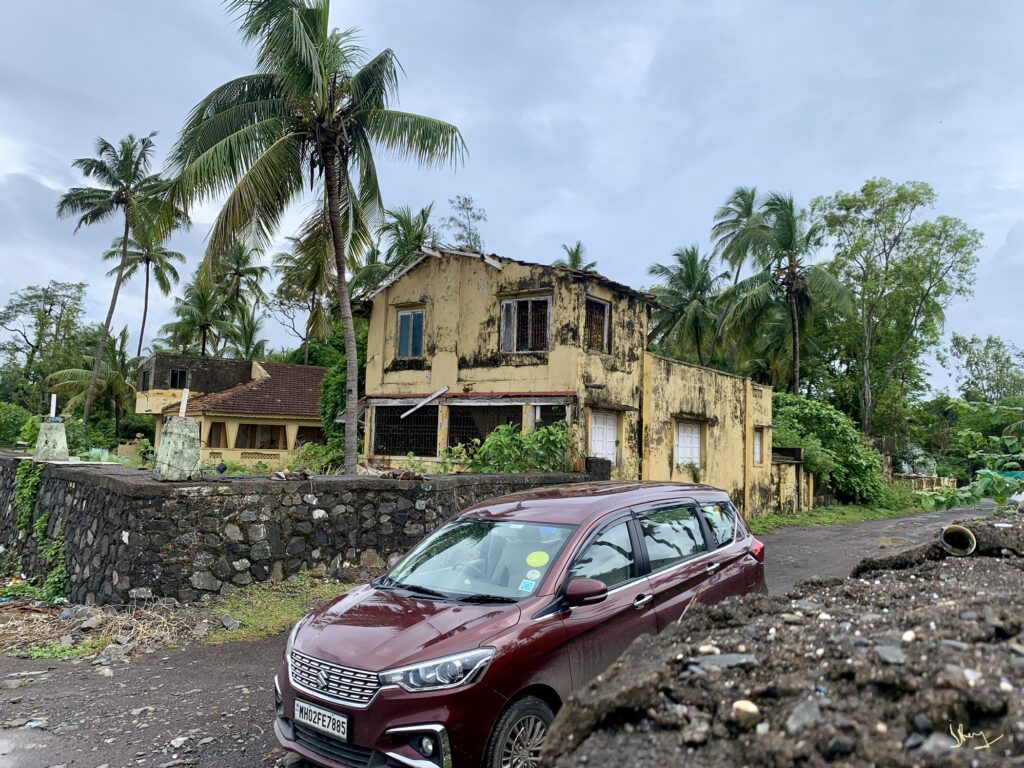
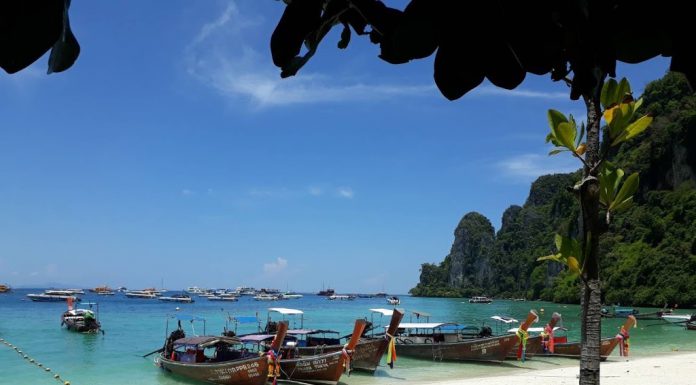






Hi,
I thoroughly enjoyed seeing the photos and reading about your experience. Keep it going .
I am glad that you enjoyed it. Thank you for your appreciation as it motivates me to keep writing
[…] A day Outing in a serene Parsi town of Udvada […]
Comments are closed.